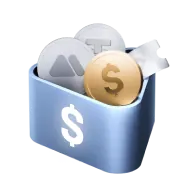What Is XRP Used For? Complete Guide to XRP Applications
Understand XRP's core technology before exploring its applications in our guide.
- XRP is primarily used for fast, low-cost cross-border payments between financial institutions.
- The XRP Ledger settles transactions in 3-5 seconds with fees averaging just $0.0002.
- Over 300 financial institutions across 40+ countries use RippleNet for international transfers.
- XRP serves as a bridge currency, eliminating the need for banks to hold multiple foreign currency reserves.
- The 2023 legal ruling determined XRP itself is not a security when sold on public exchanges.
- Future applications include asset tokenization, DeFi, and central bank digital currency development.
What Is XRP Used For? The Simple Answer
What Is XRP Crypto Used For in Cross-Border Payments
1. Why Traditional Banking Needs XRP
2. How Ripple XRP Is Used For Instant Transfers
See how XRP differs from Bitcoin in our comparison.
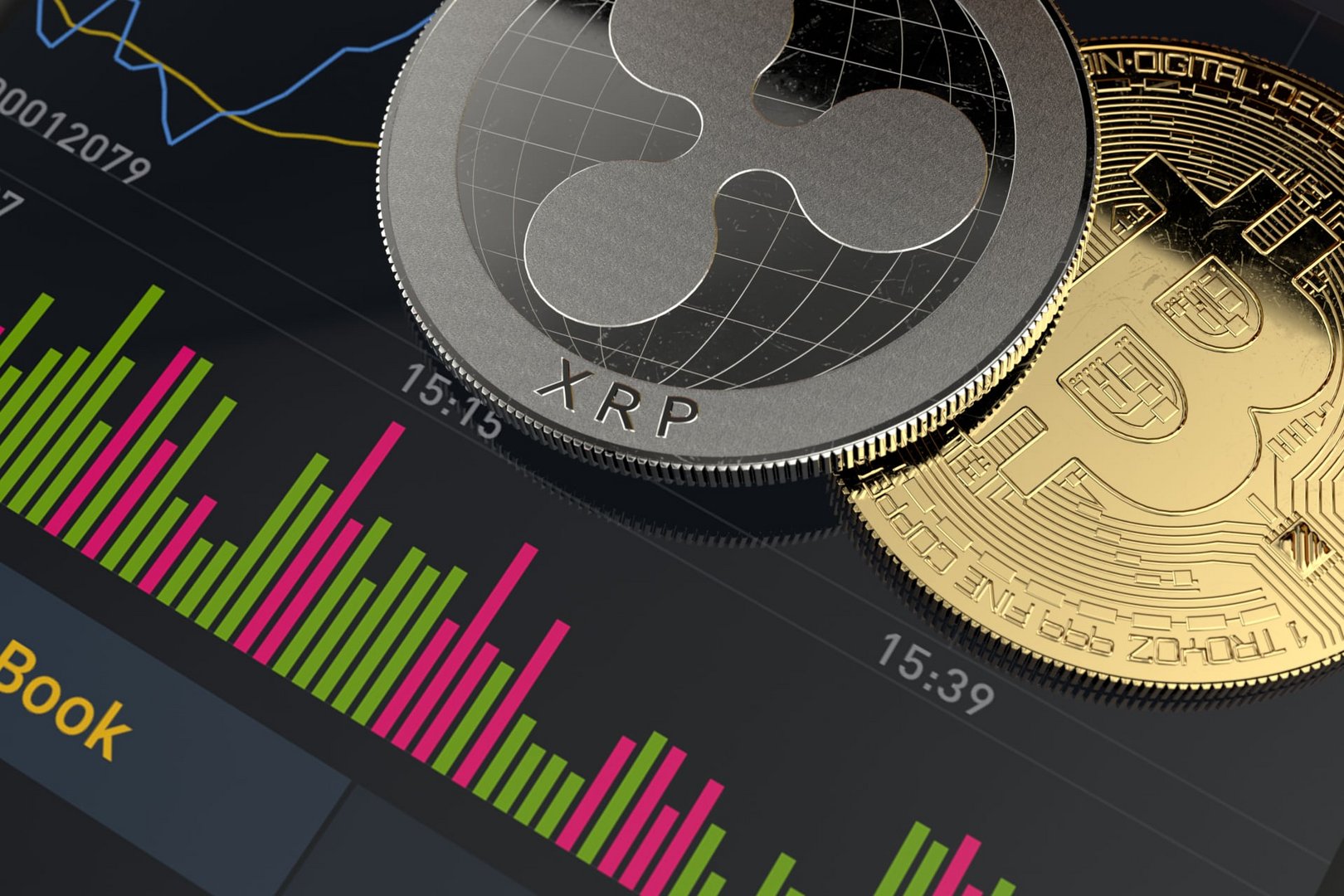
What Is XRP Token Used For as a Bridge Currency
Practical Uses of XRP Today
1. For Banks and Financial Institutions
2. For International Remittances
3. For Business Payments
Other Uses and Future Potential
- Tokenization of Assets: The XRP Ledger supports creating digital representations of real-world assets like real estate, commodities, or securities.
- Decentralized Finance (DeFi): Developers are building DeFi applications on the XRP Ledger, including decentralized exchanges and lending protocols.
- Central Bank Digital Currencies (CBDCs): Ripple collaborates with central banks to develop and test digital currencies that could run on the XRP Ledger infrastructure.
- Smart Contracts: The Hooks project aims to bring smart contract functionality to XRPL, opening possibilities for automated financial agreements.
- Micropayments: The low transaction costs make XRP suitable for small payments that wouldn't be economical with traditional payment systems.
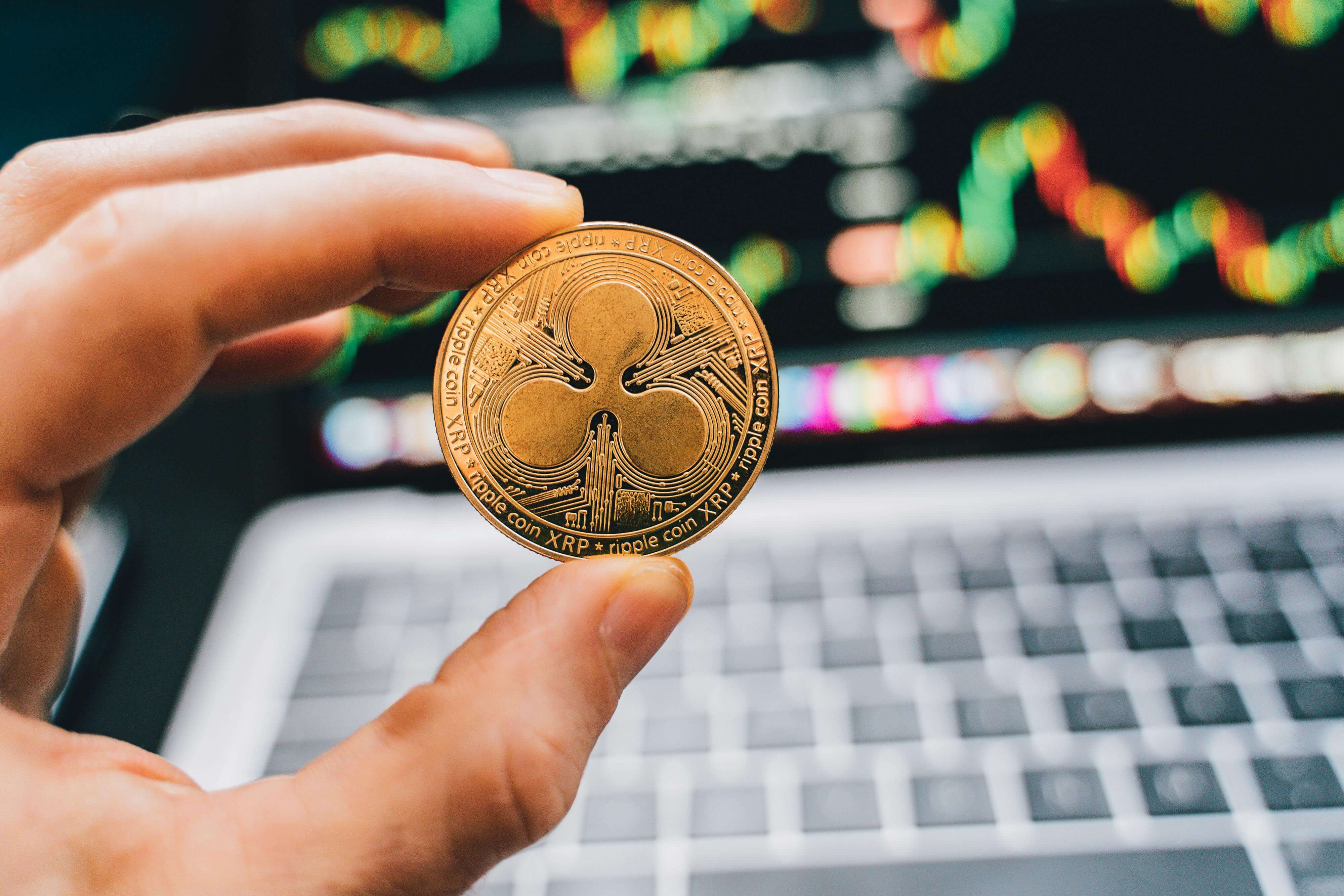
Why XRP Works Well for These Uses
How Many Institutions Use XRP Today
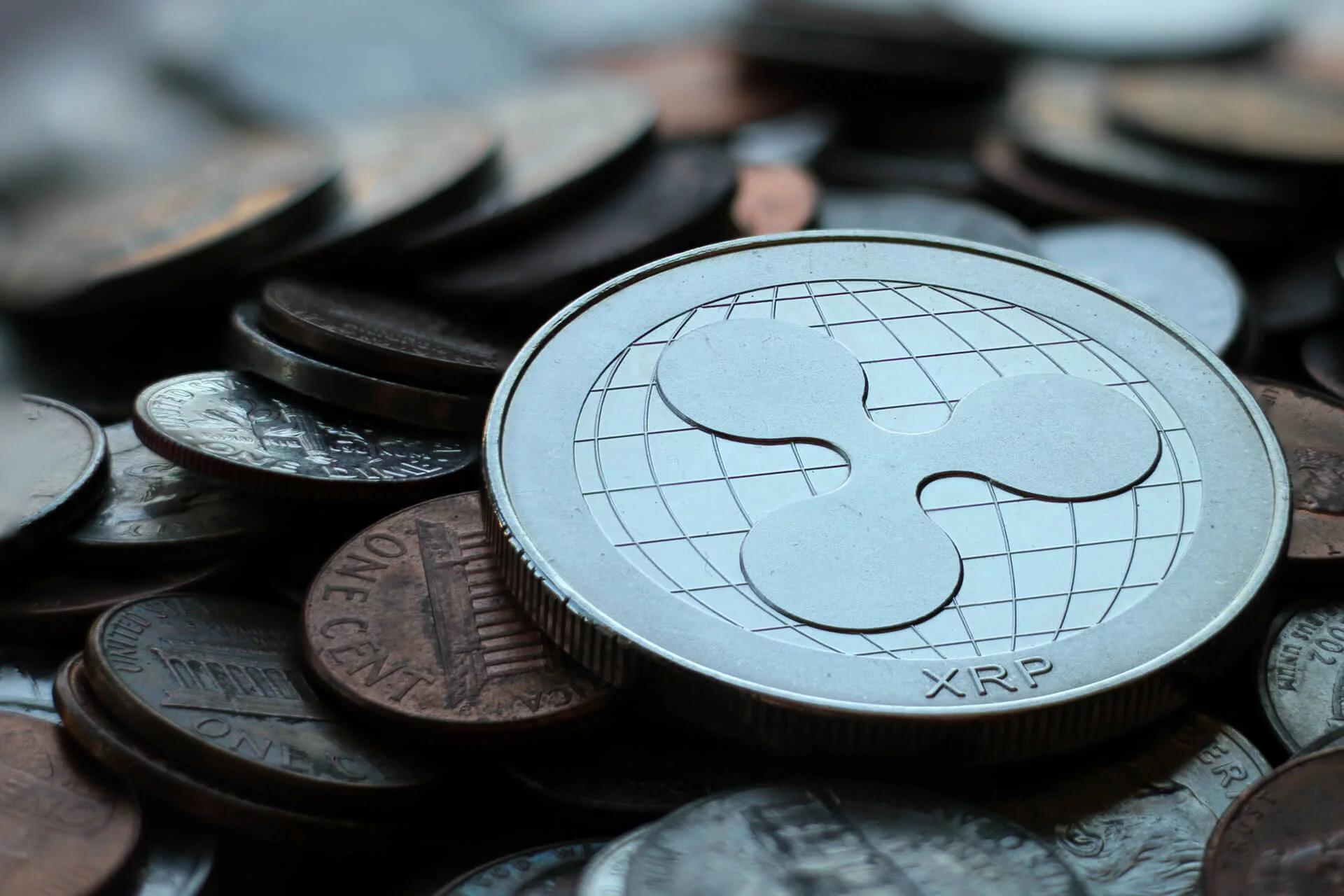
Challenges and Considerations
- Regulatory Uncertainty: The SEC lawsuit against Ripple has created uncertainty in the U.S. market, though a 2023 ruling determined XRP itself is not a security.
- Competition: Other blockchain solutions like Stellar and newer payment-focused cryptocurrencies compete for the same use cases.
- Centralization Concerns: Ripple controls a significant portion of the XRP supply, which some see as contradicting cryptocurrency's decentralized philosophy.
- Limited Retail Adoption: While banks use XRP, everyday consumers rarely use it directly for payments.
- Market Volatility: Like all cryptocurrencies, XRP's price can fluctuate significantly, though transactions settle quickly enough to minimize this impact.
- Adoption Speed: Despite partnerships, full-scale banking integration takes time as financial institutions navigate regulations and update legacy systems.
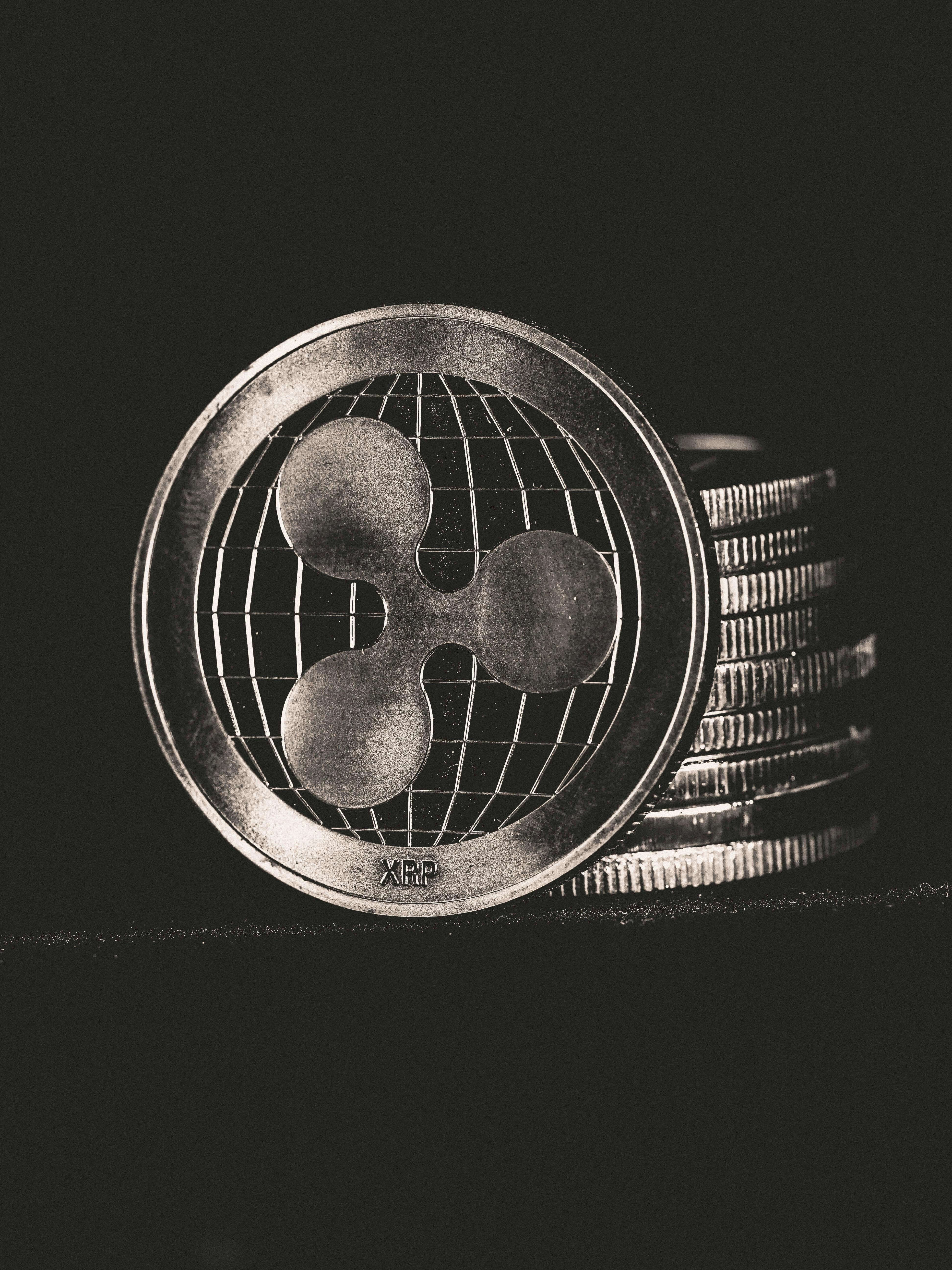
FAQ
Want to dive deeper into XRP's ecosystem? Visit our comprehensive guide.
Conclusion
Popular Articles
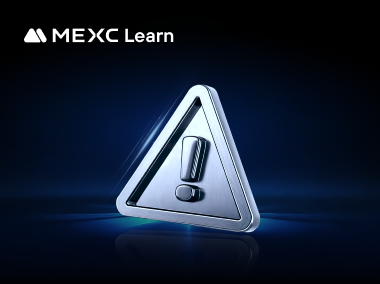
MEXC Copy Trading Service Agreement
This MEXC Copy Trading Service Agreement ("Agreement") is a contract between you ("you", "your" or "User") and MEXC ("we", "our", "us" or "MEXC"). It sets out the terms and conditions that governs you
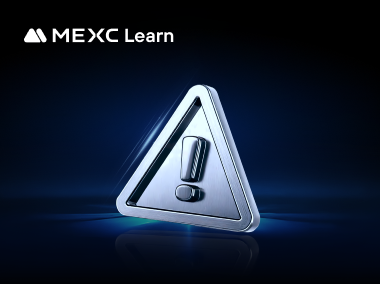
MEXC Copy Trading Service Agreement
This MEXC Copy Trading Service Agreement ("Agreement") is a contract between you ("you", "your" or "User") and MEXC ("we", "our", "us" or "MEXC"). It sets out the terms and conditions that governs you

How to Recover Funds Lost in ETH Transfer Scams? Step-by-Step Recovery Methods
Losing Ethereum to transfer scams is devastating, but recovery may still be possible if you act quickly.This guide walks you through the critical steps to take immediately after discovering fraud, fro

Is Ethereum a Stablecoin? The Truth About Ethereum and Stability
Many crypto newcomers wonder: is Ethereum a stablecoin? The short answer is no. Ethereum is a volatile cryptocurrency that powers decentralized applications, while stablecoins are designed to maintain
Hot Crypto Updates
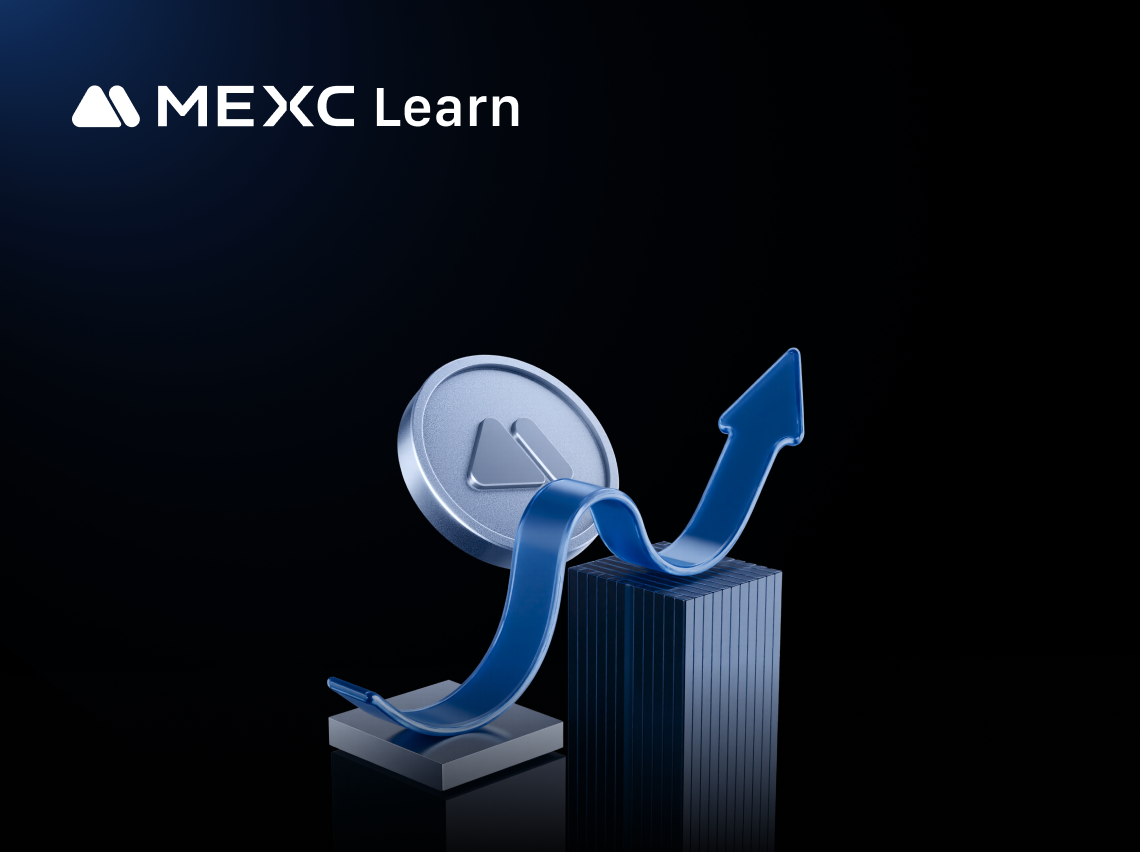
Dogecoin (DOGE) 7-day Price Change
The Latest Dogecoin (DOGE) price has shown significant movement over the past week. In this article, we'll examine its current Dogecoin price, 7-day DOGE price performance, and the market factors shap
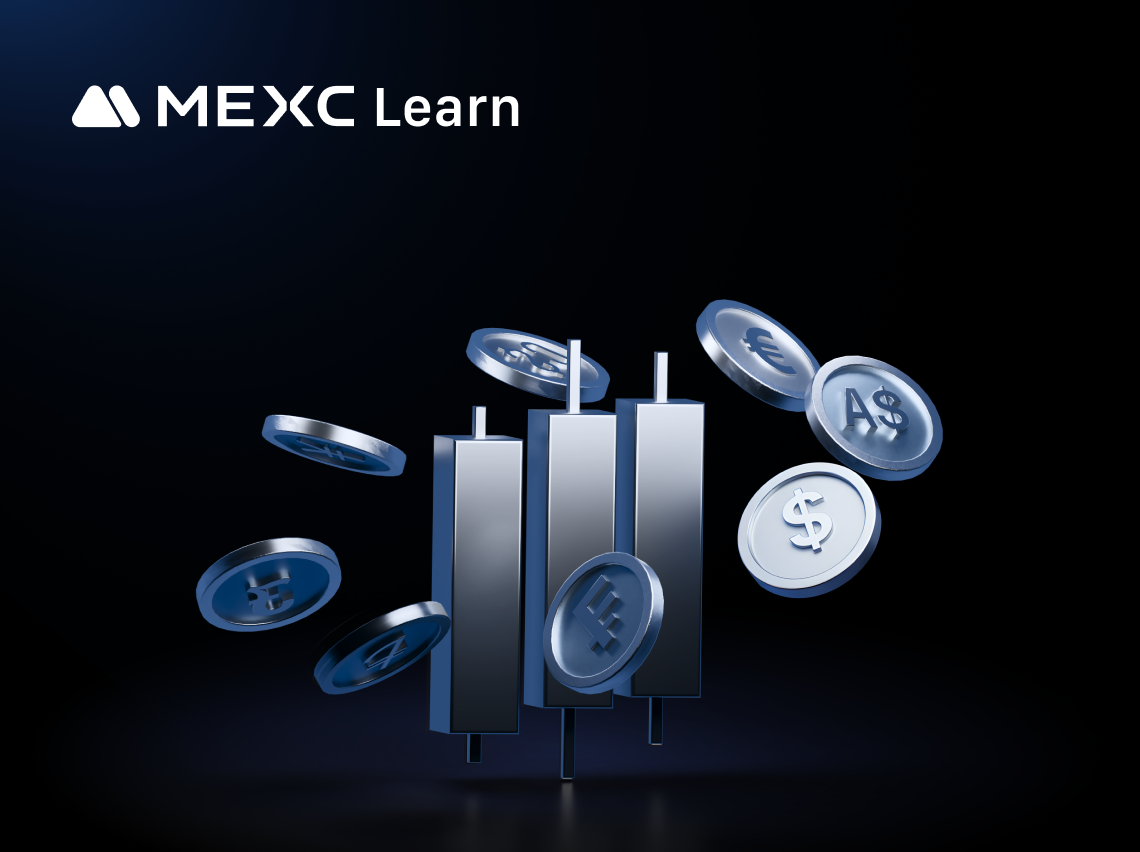
Dogecoin (DOGE) Price Prediction: Market Forecast and Analysis
Understanding the price prediction of Dogecoin (DOGE) gives traders and investors a forward-looking perspective on potential market trends. Dogecoin price predictions aren't guarantees, but they provi
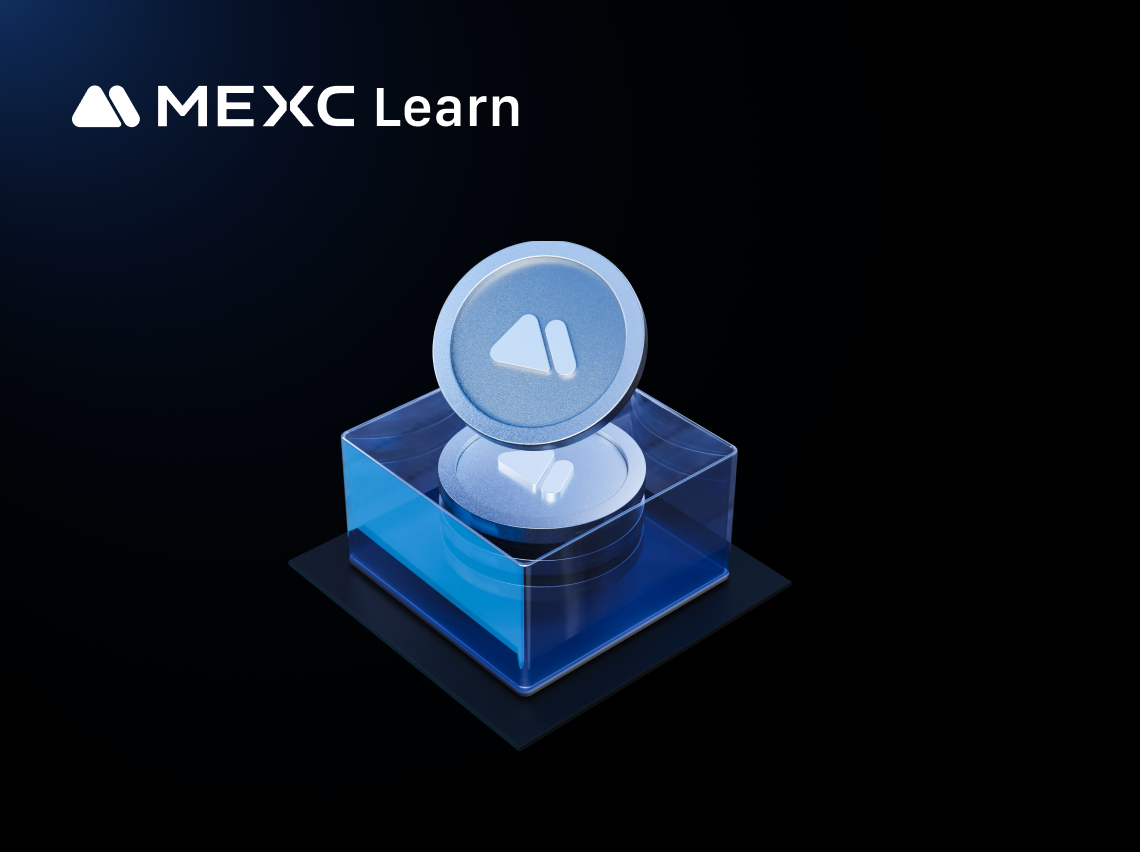
Dogecoin (DOGE) Short-Term Price Prediction
Introduction to DOGE Short-Term Price PredictionsIn the fast-paced world of cryptocurrency trading, short-term price predictions can help traders identify opportunities in daily, weekly, and monthly t
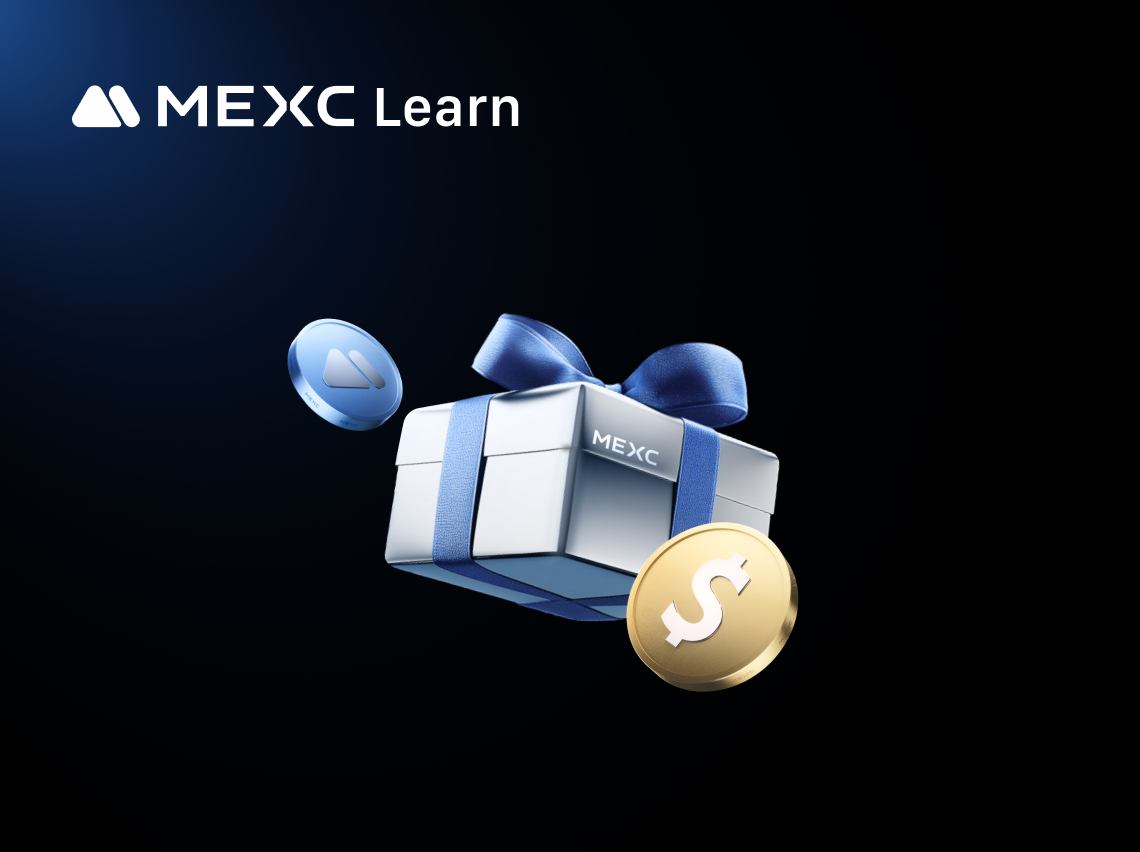
Dogecoin (DOGE) Latest Price: Fresh Market Updates
The crypto market changes minute by minute, and the latest Dogecoin (DOGE) price offers the most up-to-date snapshot of its value.[2] In this article, we highlight the newest movements, fresh data fro
Trending News
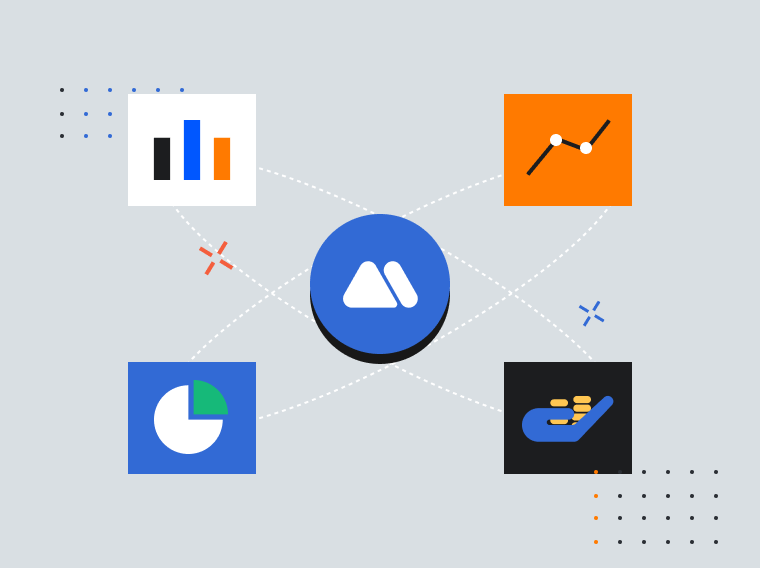
transcosmos and V, Inc. launch metaverse creator services for VRChat via Geek Jack, transcosmos’s cross-border e-commerce site for entertainment items
MODE-SAPO!—creator support services for VRChat—streamlines non-creative tasks TOKYO, Dec. 25, 2025 /PRNewswire/ — transcosmos operates Geek Jack, a cross-border

XRP Key Metric Turns Red on Christmas, But It’s Bullish
The post XRP Key Metric Turns Red on Christmas, But It’s Bullish appeared on BitcoinEthereumNews.com. XRP exchange reserve plummets XRP ETFs drive strong market

TON Price Prediction: Toncoin Eyes $1.91 Target as Technical Indicators Signal Potential 27% Rally
The post TON Price Prediction: Toncoin Eyes $1.91 Target as Technical Indicators Signal Potential 27% Rally appeared on BitcoinEthereumNews.com. Felix Pinkston

XRP Key Metric Turns Red on Christmas, But It's Bullish
XRP exchange flows suggest that recent selling pressures are increasingly fading, as the crypto market begins to move toward a potential resurgence.
Related Articles

MEXC Copy Trading Service Agreement
This MEXC Copy Trading Service Agreement ("Agreement") is a contract between you ("you", "your" or "User") and MEXC ("we", "our", "us" or "MEXC"). It sets out the terms and conditions that governs you

MEXC Copy Trading Service Agreement
This MEXC Copy Trading Service Agreement ("Agreement") is a contract between you ("you", "your" or "User") and MEXC ("we", "our", "us" or "MEXC"). It sets out the terms and conditions that governs you

How to Recover Funds Lost in ETH Transfer Scams? Step-by-Step Recovery Methods
Losing Ethereum to transfer scams is devastating, but recovery may still be possible if you act quickly.This guide walks you through the critical steps to take immediately after discovering fraud, fro

Is Ethereum a Stablecoin? The Truth About Ethereum and Stability
Many crypto newcomers wonder: is Ethereum a stablecoin? The short answer is no. Ethereum is a volatile cryptocurrency that powers decentralized applications, while stablecoins are designed to maintain
